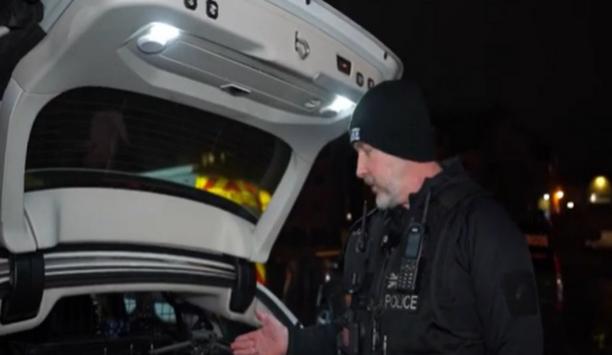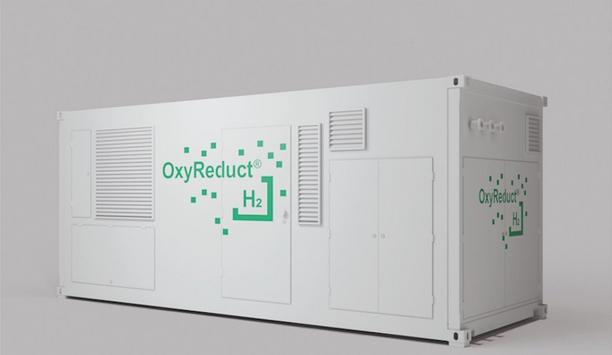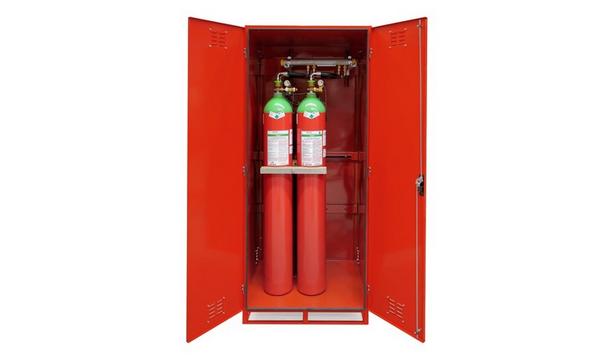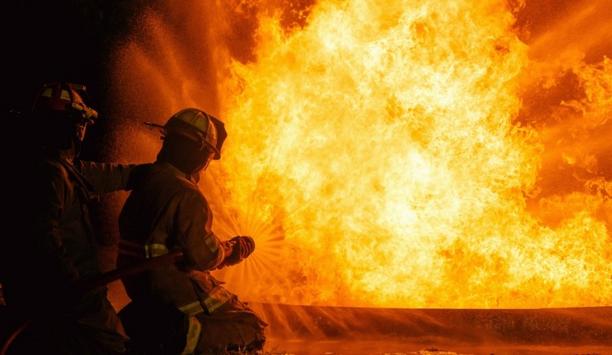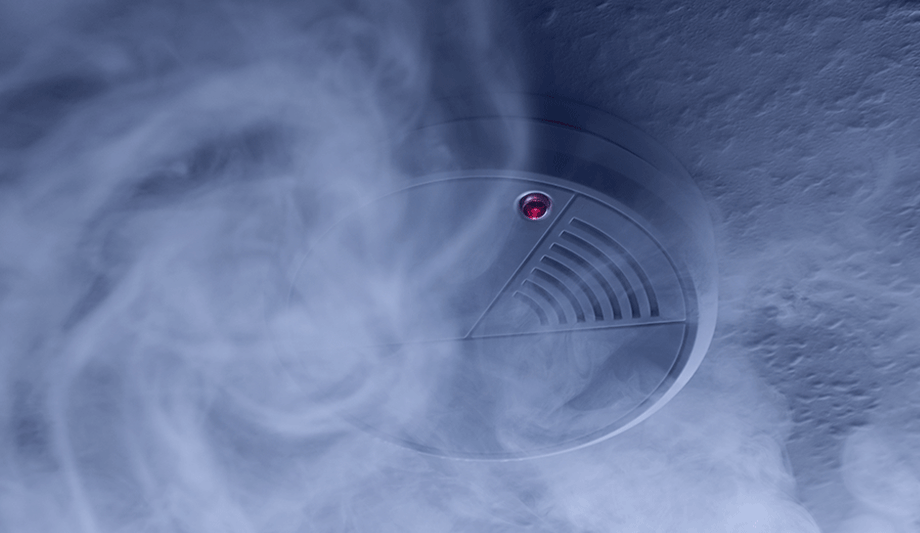The National Transportation Safety Board (NTSB) is seeking to address fire dangers from electric vehicles that use high-voltage lithium-ion batteries. At risk are first responders who may be injured by electric shock or uncontrolled increases in temperature and pressure that can reignite the batteries.
The risk of shock and fire arises from the ‘stranded’ energy that remains in a damaged battery, says the NTSB. A safety report from the U.S. federal agency documents their investigation into four electric vehicle fires that involved high-voltage, lithium-ion batteries.
Emergency response guides
Three of the batteries were damaged in high-speed car crashes, and then reignited after firefighters extinguished the vehicle fires. The fourth occurred during normal vehicle operation and did not reignite. NTSB noted inadequate emergency response guides from vehicle manufacturers, and gaps in safety standards and research related to high-voltage lithium-ion batteries involved in high-severity car crashes.
Crash damage and resulting fires may prevent first responders from accessing the high-voltage disconnect
Crash damage and resulting fires may prevent first responders from accessing the high-voltage disconnects in electric vehicles. The instructions in most manufacturers’ emergency response guides for fighting high-voltage lithium-ion battery fires lack necessary, vehicle-specific details on suppressing the fires, says the agency. Mitigation measures are needed for thermal runaway and the risk of battery reignition, and for the risks of stranded energy during emergency response and before a damaged electric vehicle is removed from the accident scene.
Damaging battery modules
Guidance is also needed on how to safely store an electric vehicle with a damaged battery. The investigated crashes caused damage that extended into the protected area of the cars’ high-voltage battery cases, rupturing the cases and damaging battery modules and individual cells. The non-crash fire was caused by an internal battery failure. In each case, emergency responders faced safety risks related to electric shock, thermal runaway, battery ignition and reignition, and stranded energy.
On the basis of its findings, the NTSB makes safety recommendations to the National Highway Traffic Safety Administration (NHTSA), to the manufacturers of electric vehicles equipped with high-voltage lithium-ion batteries, and to six professional organizations that represent or operate training programs for first and second responders.
Applying extinguishing agents
In late 2011, NHTSA began working with the National Fire Protection Association (NFPA) to assist first and second responders in handling lithium-ion batteries after a crash and was working with vehicle manufacturers to develop post-crash protocols for dealing with vehicles powered by lithium-ion batteries.
The guidance also highlights the difficulty of applying extinguishing agents directly onto burning cells
The NFPA emergency field guide states that large, sustained volumes of water are required to extinguish a high-voltage battery fire: “It could require over 2,600 gallons, depending on the size and location of the battery.” The guidance also highlights the difficulty of applying extinguishing agents directly onto burning cells because of the batteries’ protective cases.
High energy density
It further states that applying a large volume of water might cool the battery enough to prevent the fire from propagating to adjacent cells. A high-voltage lithium-ion battery is designed to resist water, but water is critical for cooling overheated cells to stop thermal runaway and further combustion.
As the NTSB concluded its investigations, international incidents concerning other vehicle manufacturers came to light, including three high-voltage lithium-ion battery fires in Europe. Lithium-ion batteries have been chosen for battery electric vehicles (BEV) because they have high energy density (allowing them to store large amounts of energy for a given volume), a low self-discharge rate (allowing them to retain a charge), and excellent electrochemical potential (allowing high-power discharge).























